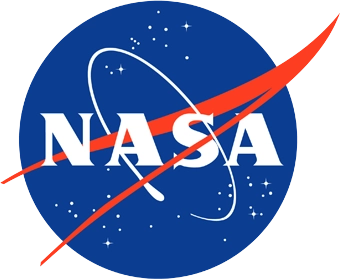Dr. Casey I. Honniball is an Assistant Research Scientist at the University of Maryland, College Park on a co-operative agreement with NASA Goddard Space Flight Center. She is a graduate of the University of Arizona with a B.S. in Astronomy and completed her Masters in Geology and Geophysics and Ph.D. in Earth and Planetary Science from the University of Hawaii at Manoa. Dr. Honniball has extensive experience in astronomical observing, instrumentation, and telescope operation. As an undergraduate at the University of Arizona, she aided in the development of a submillimeter instrument, SuperCam, including laboratory testing and integration of the instrument at Mt. Graham and Llano de Chajnantor Observatories. She was also a member of the Stratospheric Terahertz Observatory Two (STO-II) instrument team, aiding in telescope integration and testing. After graduation from University of Arizona and matriculation at the University of Hawai'i she remained on the STO-II team and in two Antarctic deployments was a telescope operator during flight operations.
As a graduate student at the University of Hawai'i Dr. Honniball was responsible for assembly, test, and deployment of a 3-5 µm imaging interferometer (MIDAS, Mid infrared detector of atmospheric species) used for terrestrial atmospheric and volcanological studies and as a prototype for a small satellite instrument. She co-led a large-scale survey of the mid-IR hydration properties of lunar surface using the SpeX cross-dispersed spectrograph at the NASA InfraRed Telescope Facility (IRTF). She led and participated in >40 observing runs with 16 of those runs as P.I. of the project. Dr. Honniball originated the project to use the NASA/DLR Stratospheric Observatory For Infrared Astronomy (SOFIA) to search for the 6 µm molecular water signature on the lunar surface and has had 17 observing runs on SOFIA.
As an NASA Postdoctoral Fellow Dr. Honniball continued lunar observations with the IRTF and SOFIA and works to connect the behavior of the 3 and 6 µm hydration bands on the Moon. Using those two telescopes she maps pyroclastic deposits, crater central peaks, and high latitudes at both wavelengths investigating the distribution and behavior of hydroxyl and molecular water. She is also a member of the Remote, In Situ, and Synchrotron Studies for Science and Exploration 2 (RISE2) SSERVI team testing how a portable infrared spectral imaging instrument can enhance the science return of geological field work and extra vehicular activities on other planetary bodies.
Dr. Honniball continues to participate with RISE2 and the characterization of hydroxyl and water with the IRTF and SOFIA and is a Co-I on the NASA Volatiles Investigating Polar Exploration Rover (VIPER) mission. As a VIPER team member she will compare the exchange of volatiles with the lunar surface and exosphere and will use the IRTF and SOFIA to place VIPER measurements into regional context. She continues to work on instrument development through participation on a PICASSO developing the Tunable Infrared (2 to 4 μm) Spectroscopic Imaging Lidar (TINSIL) instrument and a DALI developing the Spectroscopic Infrared Reflectacne LIDAR (SpIRRL). Both instruments combine the continuous spectral sampling of a spectrometer with the active illumination and ranging capabilities of a lidar for orbital and rover base measurements of lunar volatiles.
